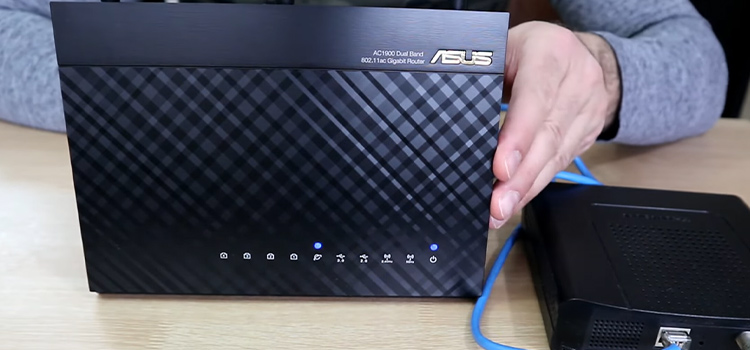[Explored] Can You Run Coaxial Cable In Conduit?
Running coaxial cables inside your walls not only makes them disappear from the open eye but also makes them convenient to put up in different places without them laying around in the house. But you cannot simply put them inside the wall as it is. They will get damaged.
So can you run a coaxial cable in the conduit? Most certainly! It is the easiest and most secure thing to do. But there are some factors. You cannot just jam-pack them with the main line or electric line or any other cables.
Why? Let’s discuss them and get a clear idea about them.

Can You Run Coaxial Cable With Main in the Same Conduit or Separate?
You might see a lot of homeowners suggesting that they have put together main lines and others along with coaxial cables (Internet and TV) together. And they do not cause any interference or trouble.
But let us tell you this, everything loses its power after some time. Although coaxial cables have a lot of layers and such, electrical interference will cause trouble after some time.
This is why you should always run coaxial cables in a separate conduit. And leave the main in a separate one. Never together.
Reason Why Coaxial Cable Should Be Separated
There are basically two reasons you should keep coaxial cables separated.
1. Not to Let Electrical Interference From the Electrical Line
Do you know why there are some TV lines are blurry? Although the connection is perfectly fine and the quality of the television is impeccable, the reason behind it is putting coax cables along with power cables. Which causes interference and hence the poor quality.
This necessarily doesn’t happen with everyone. As a lot of people claim they are not having any trouble. This is due to the quality of the coax cable. High-quality coax cable can withstand somewhat interference. But most don’t. So it is better to leave them separate in a stand-alone conduit.

2. Specific Guideline of Your Area
Some regions have a specific area code for how to run your cables in your home. If you don’t follow that and something occurs, you will be facing the law. So if the interference isn’t costing you any money, the state law will.
So it is best to stay on the wiser side and run them separately, following the law.
Pro Tips:
- Use proper tools when working with cables, no matter what type.
- Remember to turn off the breaker when you are working alongside the main electrical wires.
- Use quality wiring, tools, and accessories for quality output. You don’t want to bring your wall down every year or so.
- Always ask for help from a professional if you need it. Nobody knows everything and it is a good thing to learn a thing or two.
- The less bending, the better connection.
Frequently Asked Questions and Answers – FAQs
What cable can you run in the conduit?
Any type of cable can run in a conduit. But the main thing is, you have to keep all wear in a separate conduit, not jammed into one. This is due to fire hazards and interference issues with electrical wires to others.
How many rg6 are in a conduit?
The general rule is to put 6 RG6 cables in a ¾ inch conduit. Though it will also depend on the width of the cable. But going over 6 would cause trouble later on.
Can you run cable and electrical in the same conduit?
No. You cannot and should not run cable and electrical in the same conduit. It will not only cause connection interference but also might go against your state housing law.
Conclusion
Conduits are essential for any house construction or renovation. They not only secure your wires but keeps them running for years on without wearing off due to weather and dust. So invest in a good one for each type of cable, coax, power, telephone, and others. Don’t cramp them up in one. Peace!
Subscribe to our newsletter
& plug into
the world of technology





